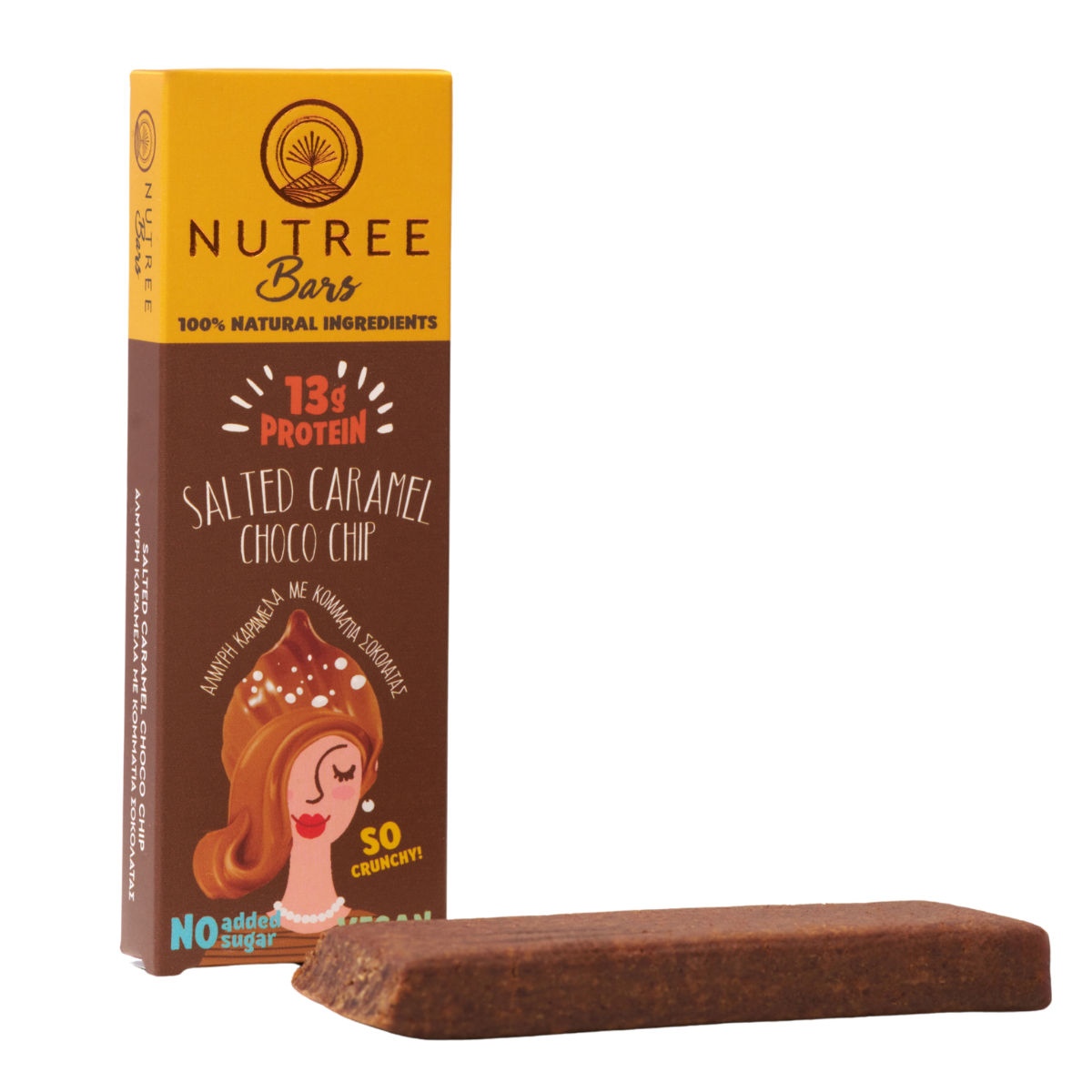The Science of Healthy Snacking: Why Nutrient-Dense Balls Are Outperforming Processed Foods
Introduction: The Snacking Dilemma
In a world of 3 PM slumps and vending machine temptations, the quest for a satisfying snack is universal. Conventional options often lead to a cycle of energy spikes and crashes. While nutrient-dense snack balls are gaining traction as a solution, it's crucial to ask: is this trend supported by evidence? This guide moves beyond hype to explore the science of how whole-food formulations can outperform conventional processed snacks.
1. The Metabolic Cost of Conventional Snacking
Packaged snacks often sacrifice nutrition for convenience. A growing body of research links high consumption of ultra-processed foods to adverse health outcomes, including an increased risk of obesity and type 2 diabetes【1】.
Two key physiological mechanisms explain this link:
- Blood Glucose Dysregulation: Refined carbohydrates and added sugars cause rapid spikes in blood glucose and insulin, often followed by a reactive "crash" (hypoglycemia) that leads to fatigue, brain fog, and further cravings【2】.
- Low Satiety Value: Typically low in protein and fiber, these foods provide minimal satiety per calorie, disrupting appetite-regulating hormones and promoting increased overall calorie intake【3】.
2. The Science Behind Whole-Food Snack Formulations
Nutrient-dense balls address these weaknesses through a deliberate balance of macronutrients derived from whole foods:
- Protein for Satiety & Repair: Dietary protein is highly satiating, stimulating the release of fullness hormones (e.g., PYY, GLP-1) that effectively reduce subsequent food intake【4】. For active individuals, it also supplies essential amino acids for muscle repair.
- Fiber for Glycemic Control & Gut Health: Dietary fiber slows gastric emptying and carbohydrate absorption, leading to a blunted and more stable blood glucose response【5】 while acting as a prebiotic for gut health.
- Healthy Fats for Sustained Energy: Unsaturated fats from nuts and seeds provide dense, slow-burning energy and contribute to meal satisfaction, further aiding appetite regulation【6】.
A 2020 review in Nutrients confirmed that snacks with balanced macronutrients—particularly those higher in protein and fiber—are superior for managing appetite and reducing overeating compared to high-carbohydrate, processed options【7】.
3. Processed Snacks vs. Whole-Food Snack Balls: A Physiological Comparison
|
Factor |
Conventional Processed Snack |
Whole-Food Nutrient Ball |
|
Blood Glucose Impact |
Rapid spike and crash due to refined sugars and flours【2】 |
Gradual release due to fiber, protein, and healthy fats【5】 |
|
Satiety & Appetite Control |
Low satiety; can increase subsequent calorie intake【3】 |
High satiety; promotes feelings of fullness and reduces cravings【4,7】 |
|
Nutrient Density |
High in calories but often low in vitamins, minerals, and antioxidants |
Rich in micronutrients and phytonutrients from whole food ingredients |
|
Ingredient Profile |
Often contains artificial sweeteners, preservatives, and flavors |
Typically made from recognizable whole foods like nuts, seeds, and fruits |
4. A Framework for Choosing High-Quality Snacks
With a crowded market, consumers can use this evidence-based framework to identify superior products:
- Primary Whole Food Ingredients: First ingredients should be recognizable (nuts, seeds, dates, unsweetened dried fruit)
- Minimal Added Sugar: Avoid products with syrups or other added sugars high on the ingredient list
- Balanced Macronutrients: Look for a mix of protein, fiber, and healthy fats
- Clean, Transparent Labeling: Short ingredient lists free from artificial sweeteners, colors, and preservatives
5. Practical Applications for Modern Lifestyles
Integrating smart snacks can effectively support various demanding lifestyles:
- Office Professionals: Maintain stable energy and cognitive focus between meals
- Athletes & Active Individuals: Convenient pre-workout energy or post-workout recovery aid
- Families: Whole-food-based alternative to processed sweets for children
- Travelers: Portable, shelf-stable option for busy days and travel
Conclusion
The choice of a snack is more than a matter of taste—it's a decision that impacts energy, focus, and metabolic health. The scientific consensus is clear: whole-food-based snacks that prioritize protein, fiber, and healthy fats outperform processed alternatives on key metrics from satiety to glycemic control. By applying an evidence-based framework, snacking can be transformed from a health liability into a strategic tool for sustaining a busy, active life.
Disclosure & Product Philosophy
At RealFUEL+, our product sourcing is guided by the scientific principles outlined in this article. One of our product by Nutree, its Adoraballs is healthy snack: they use whole food ingredients like nuts and dates, contain no added sugars, sweeteners or artificial preservatives, vegan, handmade and provide a balance of protein, fiber, and healthy fats. We believe in transparency and evidence-based nutrition.
References
- Elizabeth, L., et al. (2020). Ultra-Processed Foods and Health Outcomes: A Narrative Review. Nutrients.
- Shukla, A. P., et al. (2015). The impact of food order on postprandial glycaemic excursions in prediabetes. Diabetes Care.
- Holt, S. H., et al. (1995). A satiety index of common foods. European Journal of Clinical Nutrition.
- Leidy, H. J., et al. (2015). The role of protein in weight management and satiety. The American Journal of Clinical Nutrition.
- Weickert, M. O., & Pfeiffer, A. F. (2008). Metabolic effects of dietary fiber consumption and prevention of diabetes. The Journal of Nutrition.
- Stevenson, J. L., et al. (2017). Hunger and satiety responses to high-fat meals after a high-polyunsaturated fat diet: A randomized trial. Nutrition.
- Higgs, J., & Jones, A. (2020). An overview of the effects of snacks on appetite and food intake. Nutrients.



